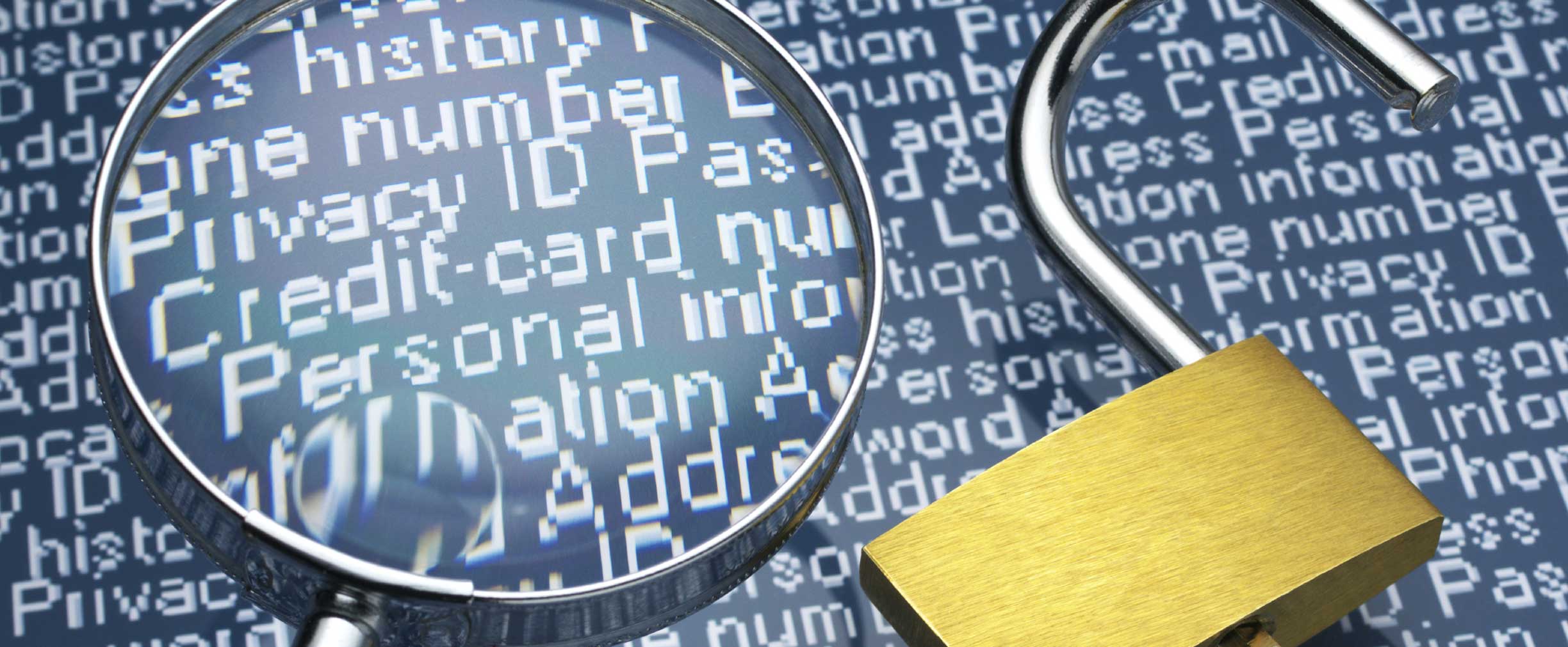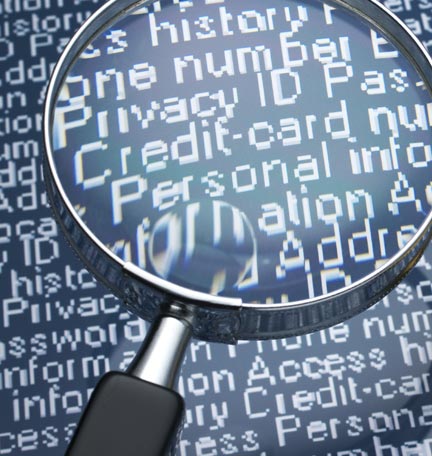When you think of burglary, it’s easy to imagine masked thieves making off with TVs, jewelry, and laptops in the middle of the night. But home invasions aren’t just about physical property. Personal information is another hot item on a burglar’s wish list.
From passports and birth certificates to credit card and health insurance statements, your home is a treasure trove of data. Here are three tips to help you avoid identity theft during a break-in.
Identity Theft Tip #1: Lock It Up
One of the simplest ways to protect personal information is to purchase a filing cabinet with a lock. This inexpensive option will allow you to keep sensitive financial information, including bank statements and tax documents, both safe and organized. A fireproof/waterproof safe might cost more, but it can offer added identity theft protection, especially if you buy a model that can be bolted to the floor. A safe is a great place to store hard-to-replace original documents, such as marriage certificates, passports, and Social Security cards.
A safe deposit box at your bank is a well-guarded place to keep important documents you don’t need to access frequently, such as contracts, stocks, bonds, certificates of deposit, and original deeds to property. Wills, on the other hand, can be kept in a home safe. They may not be good candidates to keep in safe deposit boxes, as a court order may be needed to access the box once its owner dies.
Identity Theft Tip #2: Don’t Compromise Your Computer
From tax software to account logins, your computer contains a goldmine of information for data thieves. To protect your financial information in the event of computer theft, never allow your browser to save login credentials or passwords to financial sites. Manually entering your details may be an annoyance, but it will pay off if it helps you avoid identity theft.
In addition, save files that include personal data on an encrypted hard drive. Encryption encodes information on your computer so only those with the password can access it. If your machine runs Windows 8.1, your hard drive is automatically encrypted. If you have an older PC, Windows offers a system add-on called BitLocker that allows hard drive encryption. Most Macs come equipped with integrated encryption called FileVault, but it needs to be activated. The Apple® support page offers detailed instructions to help you turn it on.
Identity Theft Tip #3: Remember to Shred
Burglars don’t need to break into your home to steal the information you throw away. Pre-approved credit card offers, financial and insurance statements, tax documents, and anything that includes your Social Security number are particularly valuable finds for thieves. Shred all documents that include your name, address, birthday, or telephone number, even if they don’t include account information, as basic stolen information can be used to commit fraud.
These extra precautions may take more time upfront, but they can help you avoid an aftershock of identity theft after a home invasion.










